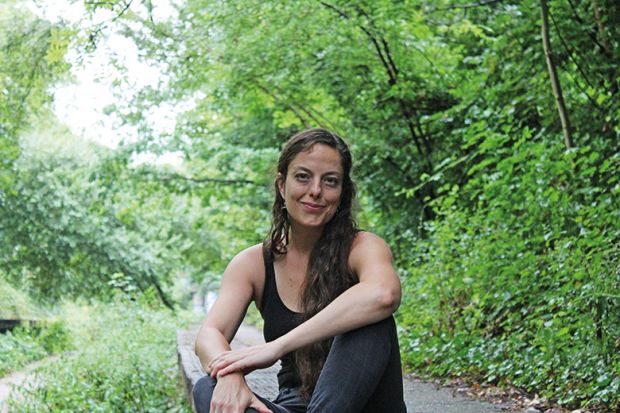What sort of books inspired you as a child?
I loved books that imagined entire new worlds. I voraciously read books that took the rules of our world – whether it was physics, biology or culture – and subtly tweaked them until you ended up on different planets. Science fiction was my introduction to the idea that there are connections between the world we live in and our biological and evolutionary history. I loved books like Madeleine L’Engle’s A Wrinkle in Time series and Ursula Le Guin’s Earthsea stories about children exploring the boundaries of their world.
Which books first spurred your interest in archaeology – and then bioarchaeology?
The first popular history book I read was Jared Diamond’s Guns, Germs and Steel. I was struck by its scope – could you really explain the entirety of world history in three objects? Of course, the academic in me knows better but as a younger reader, I was blown away by the way Diamond marched through swathes of history, tracing patterns and phenomena. Strangely enough, it was the forensic detective novels of Patricia Cornwell and Kathy Reichs that got me interested in the study of bones – my mother had a lot of their books around the house and I suppose they must have rubbed off.
Which books offer the most vivid descriptions of life on an archaeological dig?
I rather think that no one has ever managed to capture the real feeling of archaeological digs in fiction, mostly because the reality is very tedious. Also, fieldwork can be exhausting and heavily leavened with fermented beverages, none of which is conducive to accurate written accounts. That said, it’s quite fun to read things such as Agatha Christie’s Murder in Mesopotamia for an idea of how it was in the bad old days – she was actually something of an archaeologist herself, married to the eminent Sir Max Mallowan. Her accounts of Egyptian digs aren’t too far off my own experience.
Your new book, ‘Built on Bones’, explores ‘15,000 years of urban life and death’. What general accounts would you recommend about the development of cities?
It’s always tough to know what might be appealing to the non-specialist and, because the history of cities is such a broad topic, there are many ways to come at it. For a more long-term, anthropological view, David Wengrow’s What Makes Civilization is a good start.
What is the last book you gave as a gift, and to whom?
My sister is an avid reader and particularly interested in economics, so for her birthday she was shipped a copy of Paul Mason’s Postcapitalism.
What books do you have on your desk waiting to be read?
I’ve just had my birthday, so I’m doing very well on that front. I’ve got Junichiro Tanizaki’s In Praise of Shadows and Haruki Murakami’s What I Talk About When I Talk About Running in honour of my trip to Japan and jogging obsession, and I’ve also got F. Scott Fitzgerald’s On Booze for when I run out of enthusiasm for jogging.
Brenna Hassett is scientific associate at the Natural History Museum. Her latest book is Built on Bones: 15,000 Years of Urban Life and Death (Bloomsbury).
